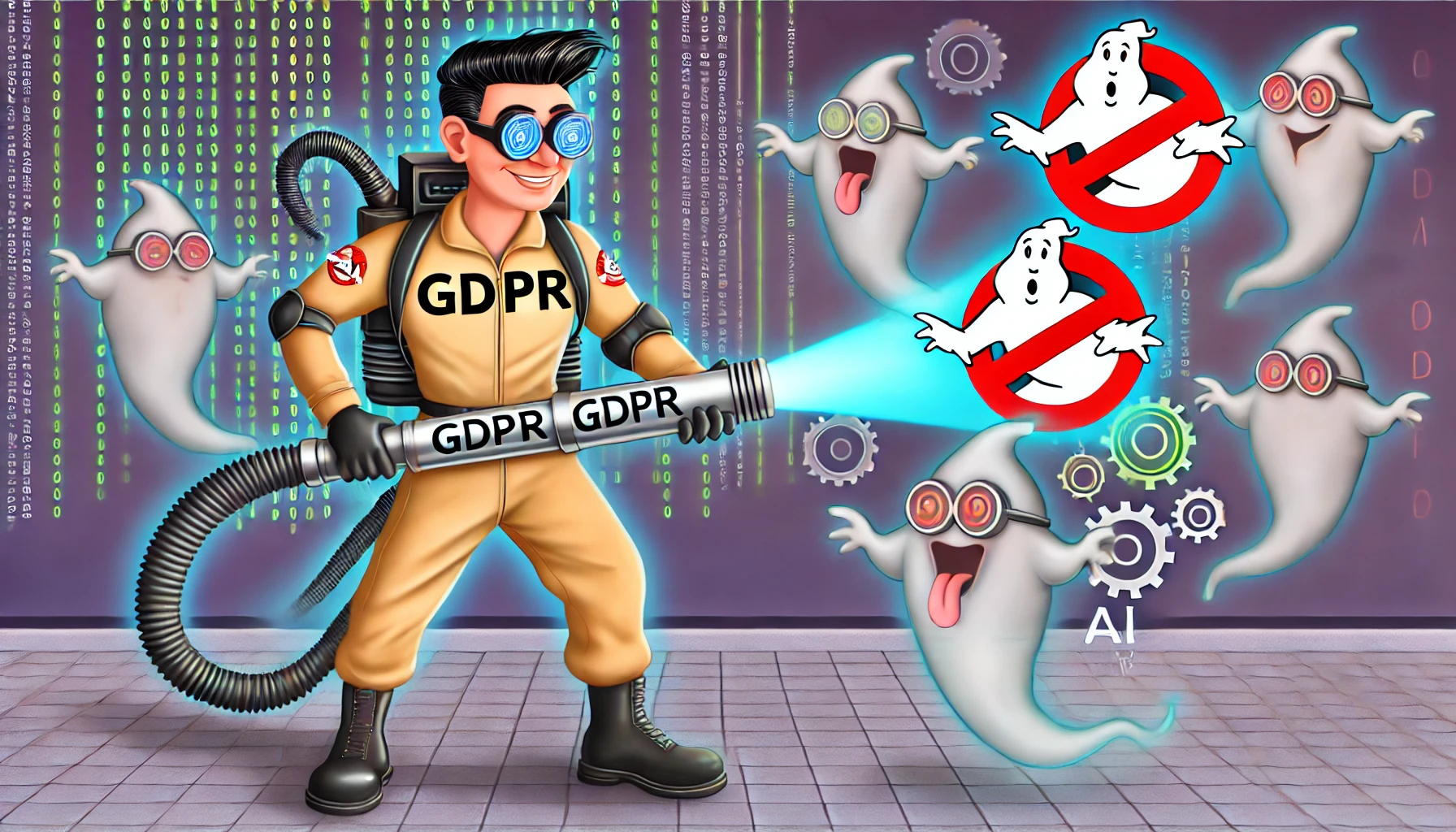The Rise of AI-Powered Police Technology
The adoption of AI-powered police technology is on the rise, with companies like Flock and Axon selling suites of sensors, including cameras, license plate readers, gunshot detectors, and drones. These companies also offer AI tools to make sense of the vast amount of data collected by these sensors. The goal of these technologies is to save time, ease officer shortages, and reduce response times.
The Benefits and Concerns of AI-Powered Police Technology
Departments that have adopted these technologies claim that they have been successful in achieving these goals. However, the rapid pace of adoption raises important questions about the rules and regulations governing the use of AI in law enforcement. When does the use of AI cross the line from efficiency to surveillance, and what kind of transparency is owed to the public?
Case Study: Chula Vista, California
The police department in Chula Vista, California, is a case in point. They were the first in the country to receive special waivers from the Federal Aviation Administration to fly their drones farther than normal. The department claimed that the drones would be used to solve crimes and provide emergency assistance. While they have had some successes, the department has also been sued by a local media outlet for allegedly reneging on its promise to make drone footage public. Residents have also complained that the drones feel like an invasion of privacy, and an investigation found that they were deployed more often in poor neighborhoods and for minor issues like loud music.
Lack of Regulation and Oversight
According to Jay Stanley, a senior policy analyst at the ACLU, there is no overarching federal law that governs how local police departments adopt technologies like tracking software. Departments usually have the leeway to try out new technologies and see how their communities react after the fact. This lack of regulation and oversight raises concerns about the potential for abuse and the erosion of civil liberties.
Conclusion
The adoption of AI-powered police technology is a complex issue that requires careful consideration and regulation. While these technologies have the potential to improve public safety and efficiency, they also pose significant risks to civil liberties and community trust. It is essential that policymakers and law enforcement agencies prioritize transparency, accountability, and community engagement as they adopt and implement these technologies.
FAQs
- What kind of technologies are being used by police departments?
Police departments are using a range of technologies, including cameras, license plate readers, gunshot detectors, drones, and AI-powered tracking software. - What are the benefits of AI-powered police technology?
The benefits of AI-powered police technology include improved efficiency, reduced response times, and enhanced public safety. - What are the concerns about AI-powered police technology?
The concerns about AI-powered police technology include the potential for surveillance, invasion of privacy, and erosion of civil liberties. - Is there any regulation or oversight of AI-powered police technology?
There is currently no overarching federal law that governs how local police departments adopt technologies like tracking software. Departments usually have the leeway to try out new technologies and see how their communities react after the fact.











